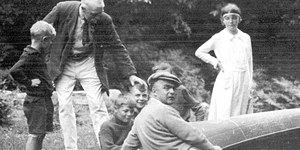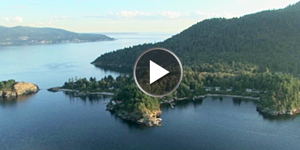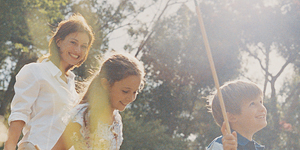 ';
view
';
view


Earliest records show that the Squamish Nation hunted and fished here, and used the island as a neutral meeting ground. The Squamish name for the island is Xwlíl’xhwm, meaning “Fast Drumming Ground.” Early settlers observed some shake dwellings and a smoke house in Snug Cove.
1791. José Maria Narváez, a Spanish explorer, named the island “Isla De Apodaca” while charting islands in Howe Sound.
1860. Captain George Henry Richards named the island “Bowen Island” after Rear Admiral James Bowen who helped defeat a French fleet in 1794. (Rear Admiral Bowen never actually visited the island.)
1870. First loggers arrived, closely followed by early settlers.
1874. First preemption of land by white settler William Eaton, who claimed 160 acres south of Killarney Lake. In order to settle the colonies, Britain introduced a system by which Crown lands could be pre-empted by settlers willing to clear and fence land, build a home and produce crops.
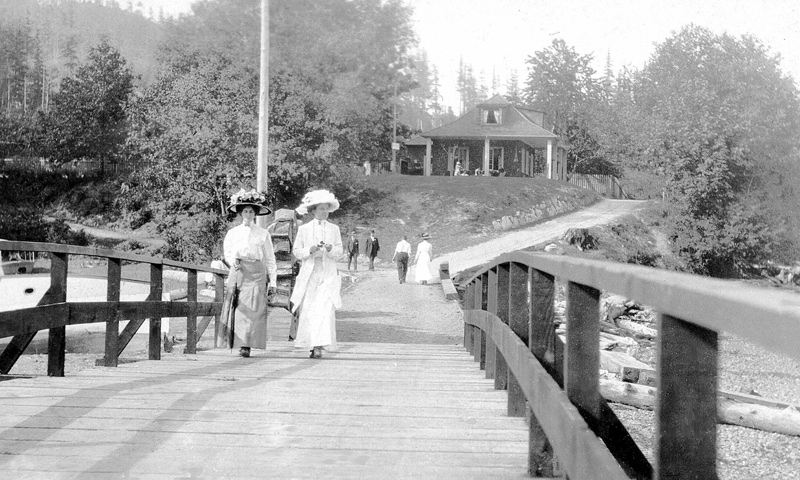
1880s & 1890s. Major land holdings were assembled by prominent Vancouver pioneer families. Logging, fishing, farming, brick works from a rare blue clay deposit, and a dynamite plant were followed by tourism as primary economic engines. Visitors from Vancouver set up tent camps on sites at Snug Point that were leased for $10 per year.
1900–1920. The earliest subdivisions of Millers Landing (35 lots), the north shore of Deep Bay (61 lots), Scarborough (150 lots), and northwest of Killarney Lake (32 lots) took place. Captain Jack Cates purchased over 800 acres and developed a resort for day excursionists from Vancouver. The resort included a hotel, farm, general store, bakery, picnic grounds, dance pavilion, playing fields, ball diamond, tea room.
In the 1920s to 1940s Bowen was nicknamed ``The Happy Isle.`` Cruises from Vancouver, one of the largest dance pavilions in B.C., entertainment, and picnics were catalysts for a lot of happiness.
Dance pavilion could hold 800 couples.
1920–1950s. Union Steamship Company bought and developed the resort further (ultimately 1,300 acres). They built or renovated 150 summer cottages, trails, picnic grounds, and a dance pavilion — one of the largest in British Columbia (could accommodate 800 couples on it sprung-wood floor). Tourism peaked at 100,000 to 150,000 visitors a year between 1937 and 1946. Moonlight cruises, dance cruises on Wednesday and Saturday evenings, organized games, entertainment, horseback riding, and lawn bowling set the stage for Bowen Island to be nicknamed “The Happy Isle.”
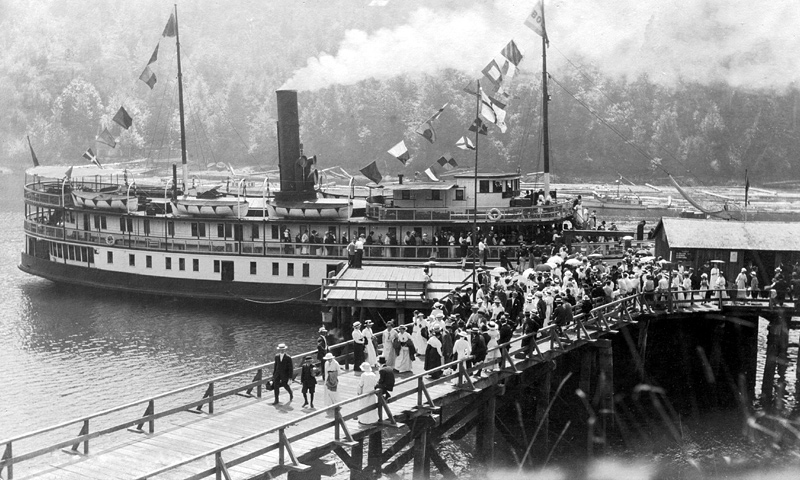
1940s–1950s. Artists and writers were attracted to Bowen. Lieben writers’ colony was established.
1962. The break up of the Union Steamship holdings gave way to the subdivisions of Snug Point and Deep Bay into single family lots. Other developments around the island followed, generally at a small scale and slow pace.
1957. First car ferry to Bowen, eventually replaced by BC Ferries. Made it possible for people to live on Bowen and commute to Vancouver.
1983. Greater Vancouver Regional District bought Union Steamship property. Crippen Regional Park, an 800-acre day use park, opened in 1984.
1970s–1990s. Families moved to Bowen because real estate prices were more affordable than in Greater Vancouver, and the commute was comparable to a commute from suburbs.
1999. Bowen became the first (and only) municipality within the Islands Trust. Bowen Island Municipality provides land use planning, building inspection, bylaw enforcement, fire protection, garbage removal, community recreation, and public library services — and operates/maintains six water systems, a sewer system, public roads, public trails, municipal parks, beaches, and three public docks in Snug Cove and Galbraith Bay.
Photos on this page courtesy of Bowen Island Museum & Archives.


